What is EV Battery Pre-Conditioning?

What is EV battery pre-conditioning?
When it comes to maintaining your electric vehicle’s battery,
it’s not just about when you charge, it’s also about how you prepare for charging. Battery pre-conditioning involves bringing an EV battery to its optimal temperature before charging, which helps it charge and perform efficiently in both hot and cold conditions.
By warming or cooling the battery ahead of time, pre-conditioning can reduce charging times,
support long-term battery health and is one of the easiest ways to get the most out of your electric vehicle.
In this article we’ll explain how battery pre-conditioning works, what it does, and why it’s a useful tool for EV drivers.
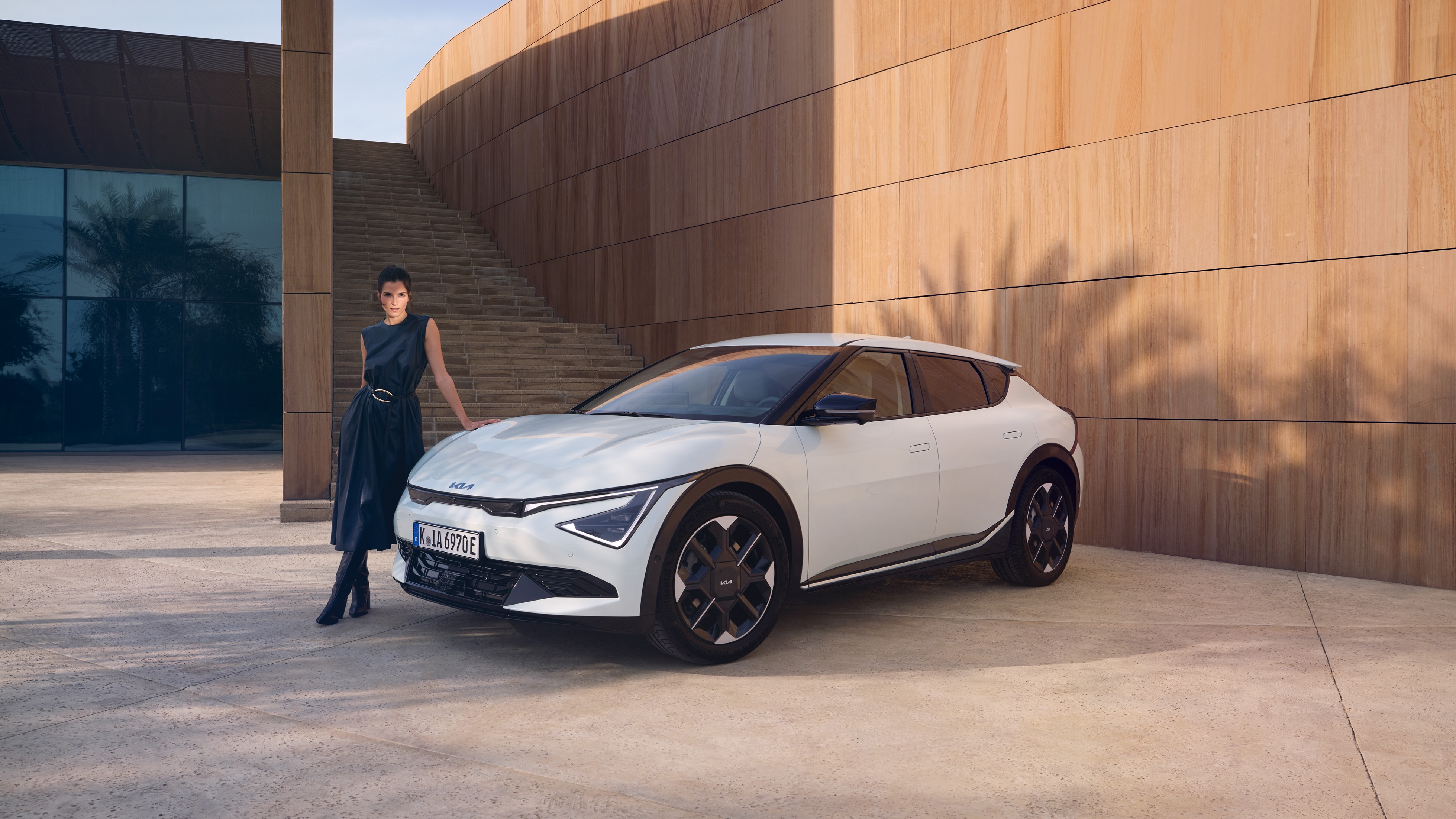
What does pre-conditioning an EV battery do?
In simple terms, pre-conditioning an EV battery means warming or cooling it before charging. This helps the battery reach its ideal operating temperature, typically around 15 to 35°C, so it can charge faster, last longer, and perform better.
Electric vehicles
use this process to ensure the battery is always ready to deliver power efficiently. This is especially important before using DC fast chargers,
where temperature plays a key role in charging speed.
However, pre-conditioning the battery shouldn’t be confused with using it to make the interior of an electric car warmer on a cold day.
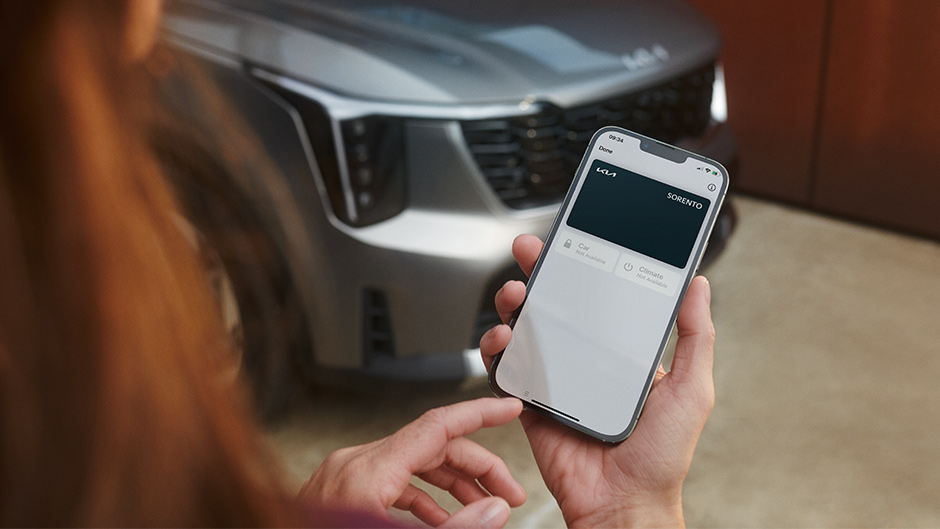
How do you pre-condition an EV battery?
Pre-conditioning can be activated either automatically or manually, depending on the make and model of your electric vehicle
. The most common method is via the navigation system.
When you enter a public charger
as your destination, the EV will begin warming or cooling the battery during the drive to bring it to its optimal temperature.
If you’re not using navigation, many EVs, including the Kia EV3,
EV6
and EV9,
let you manually activate battery pre-conditioning via the car’s infotainment
system or connected app, such as Kia Connect
. This gives you control over when the process starts, which is especially useful in cold weather or before a scheduled charge at home.
When the EV is plugged in during preconditioning, energy is drawn from the power source, not the battery itself. This means the driving range remains unaffected, and the battery is optimised for fast, efficient charging from the start.
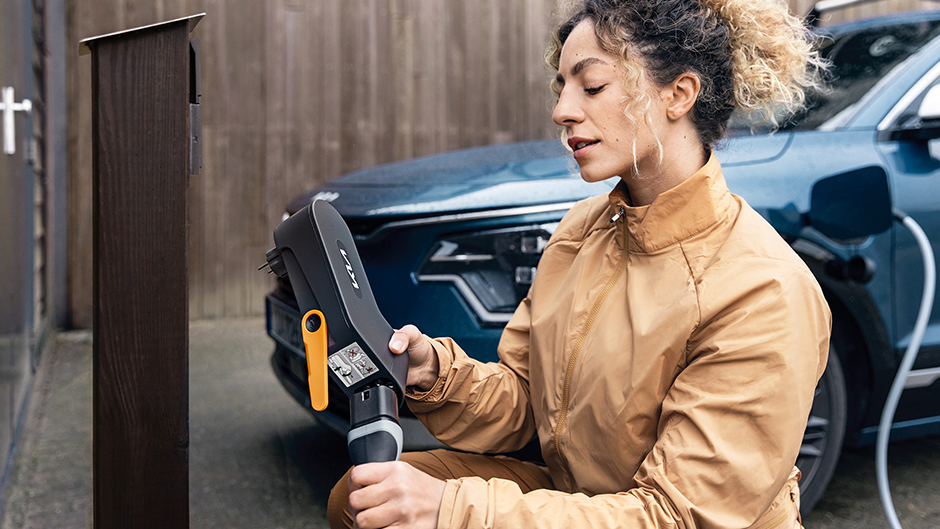
Why is battery pre-conditioning important?
Your EV battery doesn’t “store” electricity in the traditional sense. Instead, it uses chemical reactions to generate power, which are slowed down in extreme temperatures and reduce charging efficiency.
To counter this, most modern electric vehicles
include built-in heating or cooling elements, powered by the grid when the car is plugged in. For example, in the Kia EV3, pre-conditioning allows the battery to reach its optimal charging temperature of 15 to 35°C in advance, avoiding delays and improving performance.
Here’s why it’s useful to carry out battery pre-conditioning on your electric car if you’re facing those temperatures.
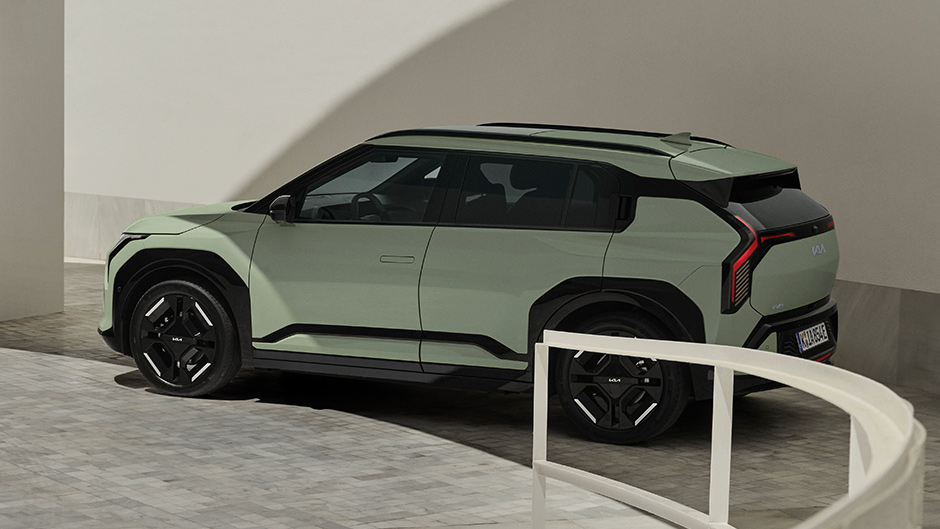
Faster charging in cold weather
When a cold battery is plugged into the charger, it may charge slowly initially to avoid damage. Pre-conditioning raises the battery temperature before arrival, enabling faster charging speeds, especially with DC fast chargers.
Improved driving range
By reducing the energy used to warm or cool the battery during your drive, pre-conditioning can help maximise the distance you travel on a single charge.
Long-term battery health
Maintaining the battery within its ideal temperature range reduces thermal stress and may help to extend its overall lifespan.
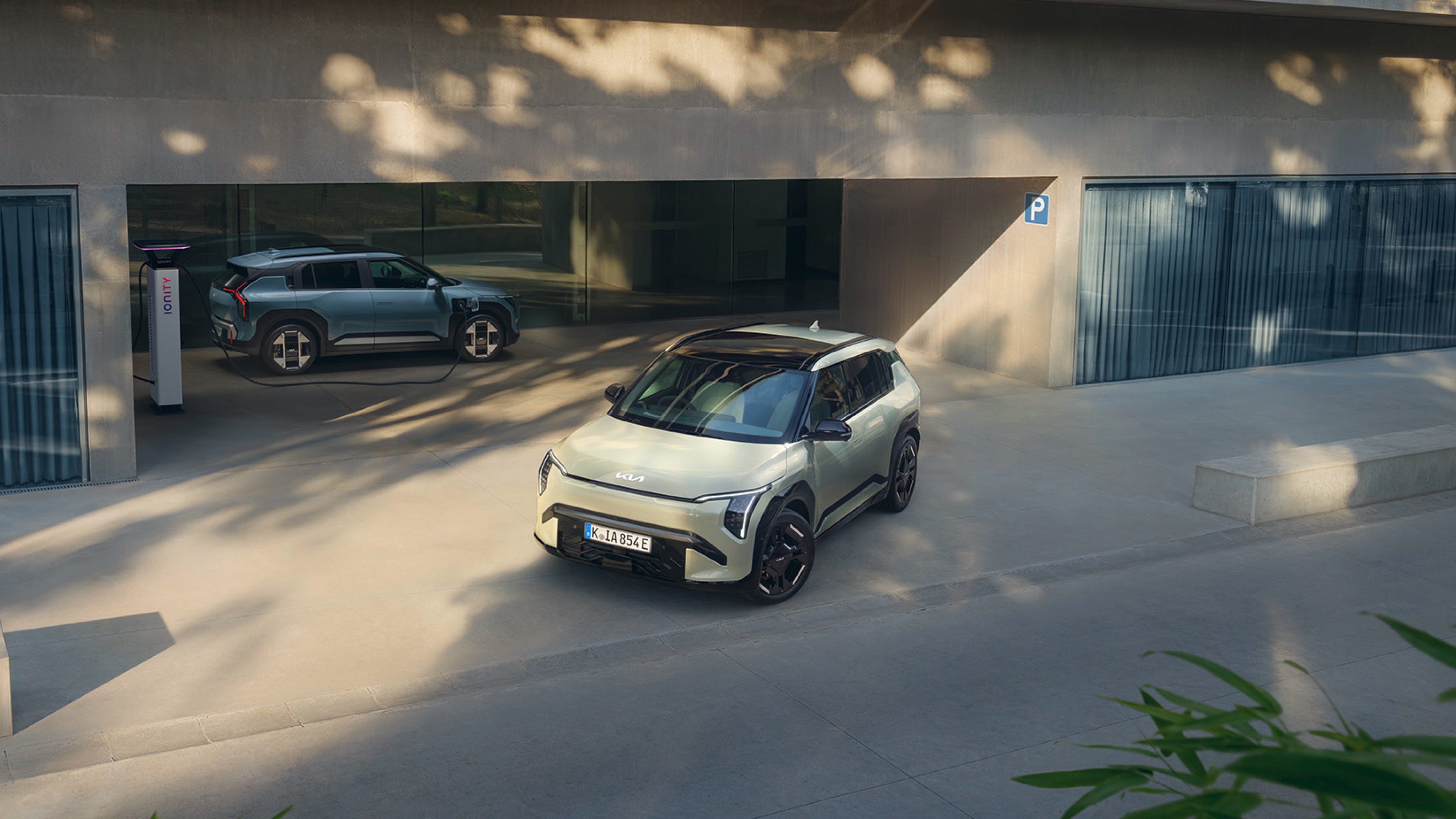
How much battery power does pre-conditioning use?
The amount of energy used for pre-conditioning is minimal. When the EV is plugged in, it draws power from the mains rather than the battery. Any small energy use is more than offset by the benefits of faster, more efficient charging.
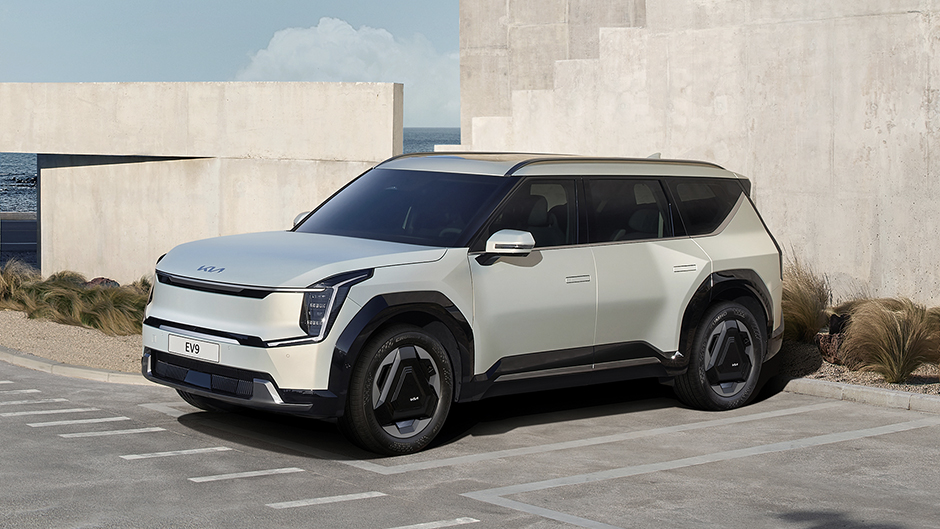
When should you pre-condition an EV battery?
The best time to pre-condition your EV battery is in colder weather, particularly when temperatures fall below 10°C, and especially before DC fast charging. It’s also recommended after the vehicle has been parked outside overnight, ahead of long winter journeys, and if charging is scheduled for early in the day.
Pre-conditioning usually takes around 20-30 minutes, depending on the battery size and outside temperature.
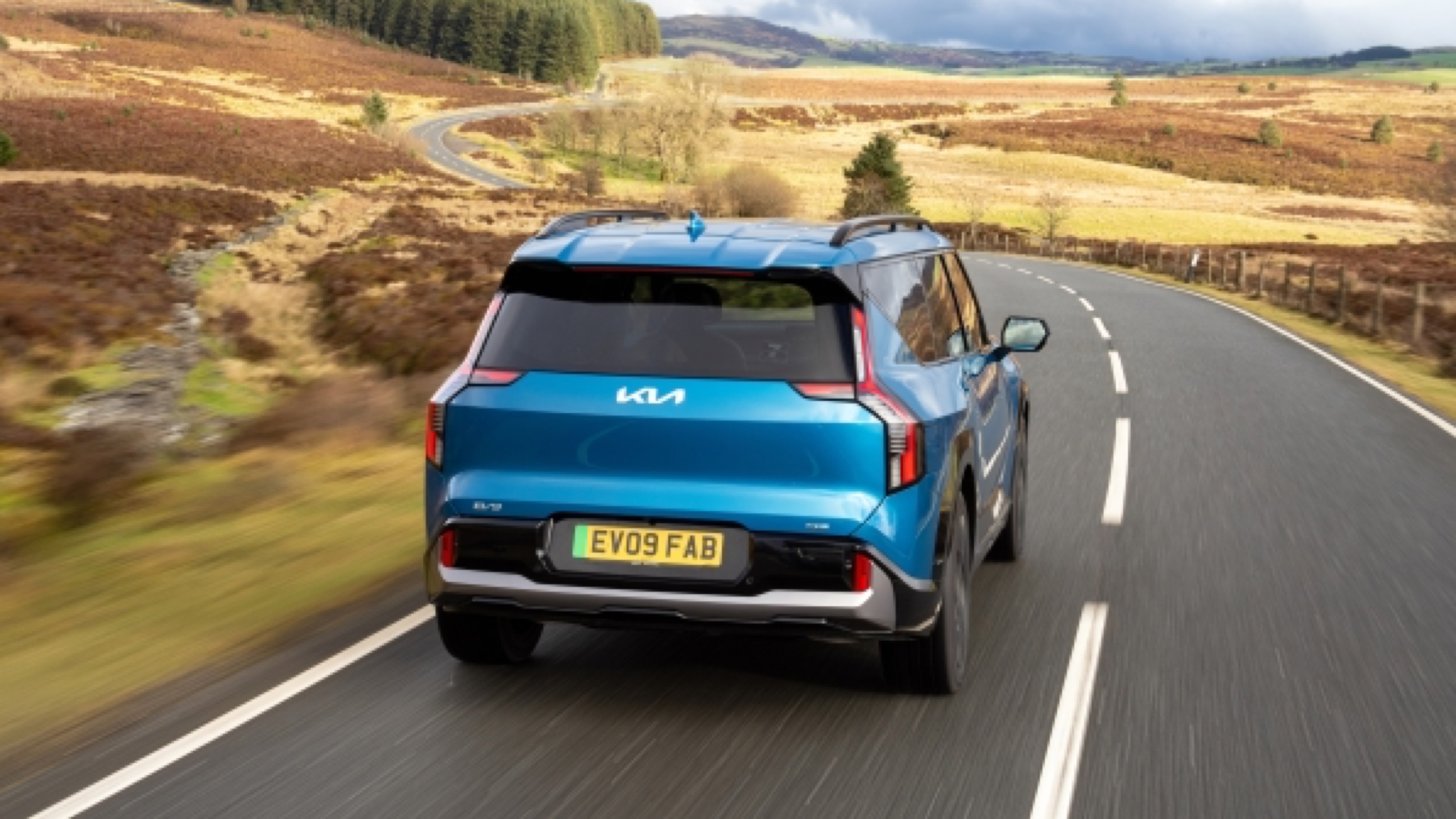
Smarter driving starts with pre-conditioning
Battery pre-conditioning is one of the easiest and most effective ways to get more from your electric vehicle.
By warming or cooling the battery to its ideal operating temperature, you can enable fast charging, support long-term battery health, and achieve better range in extreme weather conditions. Ultimately helping your EV work more efficiently from the you plug it in to charge.
As EV technology continues to evolve, features like battery pre-conditioning are becoming standard, not just for convenience, but for smarter more efficient driving.
Images shown are for illustration purposes only and may not be to full UK specification. Features shown are not standard across the Kia model range and availability will vary dependant on model. For further details please refer to the individual model specification sheets.
Product availability varies by models. To find out which products are available for your vehicle, please contact your Kia dealer.

